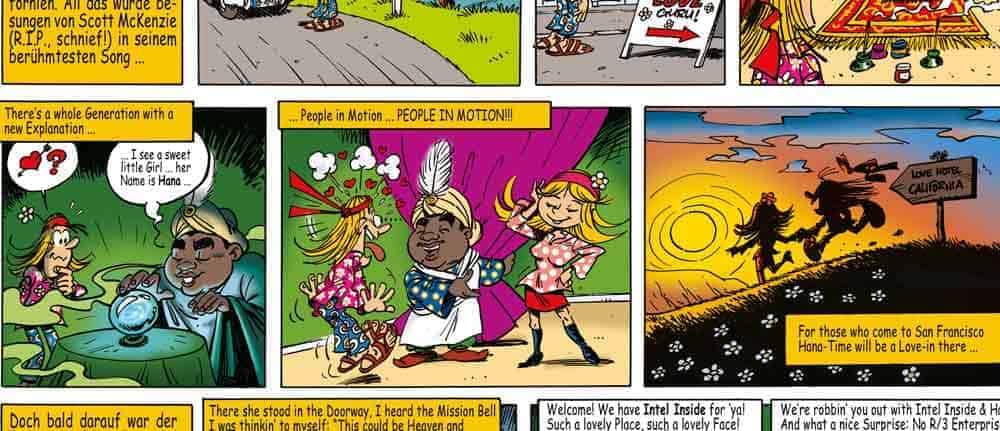Hana dies


What enthusiasm, what excitement, almost a public festival, when Hasso Plattner, Alexander Zeier and Vishal Sikka presented the Hana in-memory computing database. The idea was revolutionary and the SAP community was inspired by a departure for new shores. Hardly a week went by without Vishal Sikka, who was SAP's Chief Technology Officer at the time, coming up with another success story.
Hana seemed to be the death knell of the established SQL databases from IBM, Microsoft and Oracle. Thus, SAP did not hesitate to call the competitor "AnyDB" and to proclaim the Hana database as the only true thing for the new ERP.
S/4 and Hana were to become the dream team, and S/4 would never cheat. This meant that SAP's existing customers were not only faced with an ERP release change, but also with the migration to a new, unfamiliar database architecture. Vishal Sikka knew how to stage this challenge accordingly, see illustration.
S/4 with the addition of "Hana only" is a formidable challenge. Technically analyzed, Hana is also only an SQL database and is therefore logically on a par with IBM DB2, Microsoft SQL Server and Oracle. Under the hood, Hana is a revolution, which can be both a curse and a blessing.
Tech-savvy SAP legacy customers love Hana, but no one wants to marry it. Little remains of the initial enthusiasm for in-memory computing technology. Instead of making Hana the mistress of a new ERP, it is now just a handmaiden for digital transformation. Vishal Sikka's enthusiasm is a thing of the past - the revolution is eating its children. In a show trial, the former friends IBM, Microsoft and Oracle are being judged.
But SAP has neglected Hana, left it to its own devices, and not bequeathed it a viable roadmap. A career ending is imminent. Naturally, Hana must get rid of the AnyDB rabble and bring a new order to the ERP house - but the replacement is happening without enthusiasm.
A departure for new shores looks different. When Chief Technology Officer Vishal Sikka was still the protector of Hana, hardly a month went by without jubilant news, new findings and exciting projects. Hana even set out to conquer the world outside the SAP community.
Professor Alexander Zeier, who helped birth Hana, agreed with Professor Hasso Plattner that Hana was the next computing revolution, and Intel eagerly lent a hand. After all, the Hana architecture was supposed to be tailor-made for Intel's processors. But the alliance of SAP software and Intel hardware was thwarted by IBM with its Power server architecture.
This quickly made it clear to everyone involved that the Hana story is not as consistent as Vishal Siakka liked to present it. At the moment, Hana seems to be a burden for S/4 conversion. An open S/4 with compatibility to the in-memory computing technology from IBM, Oracle and Microsoft would probably be further along.
But S/4 is shackled to Hana and drags this responsibility around its neck like a millstone. Many years ago, ex-SAP Chief Technology Officer Bernd Leukert hinted that things could be different. Now, anyone who says S/4 must always think Hana as well - that is a clear brake on digital transformation.





